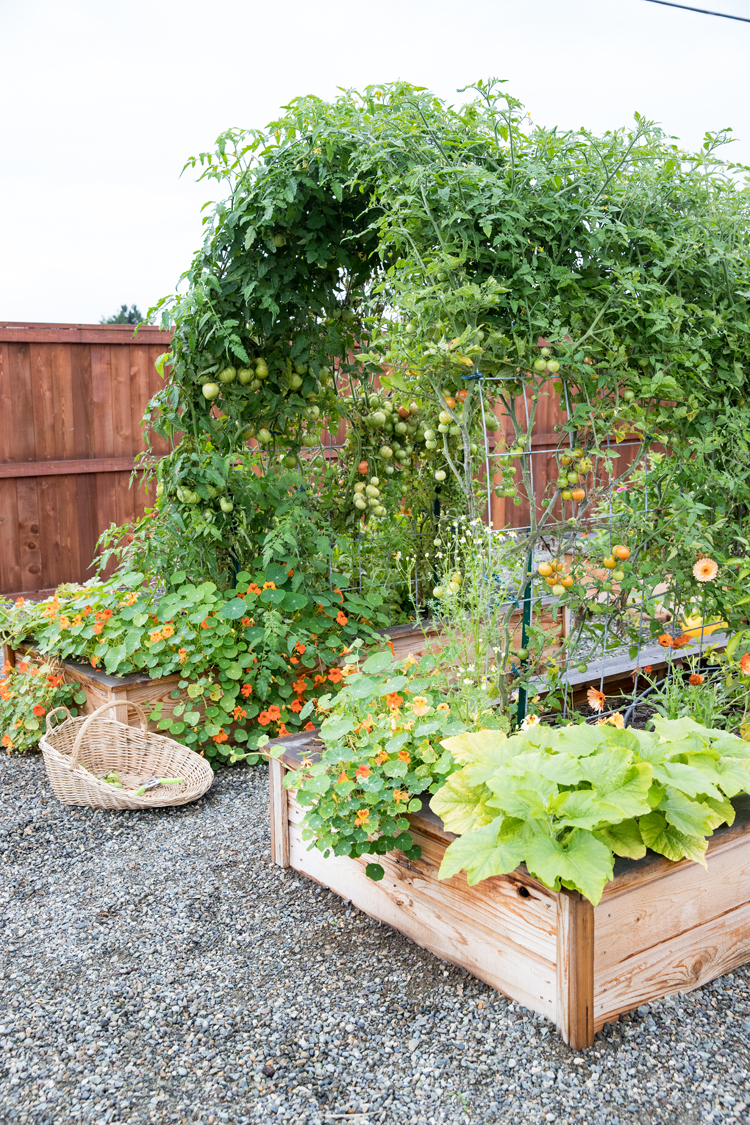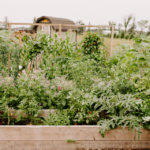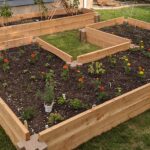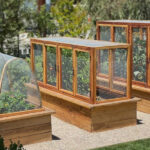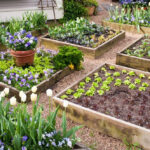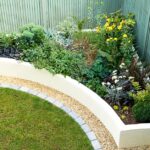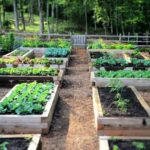Raised bed gardening has become a popular choice for many gardeners due to its numerous benefits. Raised beds are essentially soil that is raised above the ground in a contained area, typically made of wood, stone, or plastic. This gardening method offers many advantages, including improved drainage, better soil quality, and easier access for planting and weeding.
One of the key benefits of raised bed gardening is improved drainage. Because the soil is elevated above ground level, excess water is able to drain more efficiently, preventing waterlogged soil and reducing the risk of root rot. This is especially beneficial for areas with heavy rainfall or clay soil, which can become waterlogged easily.
In addition to improved drainage, raised beds also allow for better soil quality. Gardeners can completely control the type of soil used in raised beds, ensuring it is the ideal mix of nutrients for their plants. This is particularly advantageous for those with poor soil quality in their yard, as they can avoid the expense and labor of amending the existing soil.
Raised bed gardening also offers easier access for planting and weeding. The elevated soil level means less bending and stooping, making it more comfortable for gardeners to tend to their plants. This accessibility is especially beneficial for elderly gardeners or those with mobility issues, allowing them to continue enjoying their passion for gardening.
Another advantage of raised bed gardening is the ability to extend the growing season. Because the soil warms up more quickly in raised beds compared to traditional garden beds, gardeners can plant earlier in the spring and grow later into the fall. This can lead to a longer harvest season and increased yields.
Finally, raised beds can also be a more aesthetically pleasing option for gardeners. The defined borders of raised beds can create a neat and tidy garden space, adding structure and organization to the landscape. Additionally, raised beds can be designed in various shapes and sizes to fit any garden style or space constraints, allowing for creativity and customization in the garden layout.
